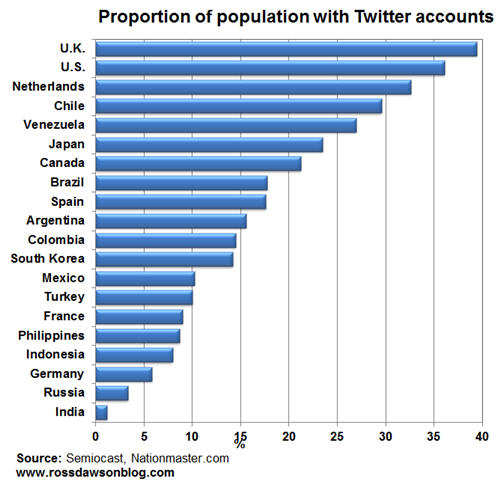Yammer and why activity streams are a key foundation for integrated applications and organizations
I caught up with some of the Yammer team this morning, including Chief Customer Officer David Obrand, while they are in town for the Yammer on Tour series.
I was particularly interested in talking with them about Yammer’s shift to activity streams. In the massive convergence of enterprise social platforms that we’ve seen over the last years, one of the major emerging spaces is activity streams.
Last year I wrote about activity streams in the context of Tibbr’s launch. Tibbr put activity streams squarely on the map, by integrating status messages from people with notifications generated by enterprise software including ERP, CRM, and HR systems. Employees are able to follow their colleagues and they can also follow updates on any activity, including events, projects, or even invoices. Tibbr was very well positioned to do that given Tibco’s history in providing enterprise integration middleware.
Read more →


